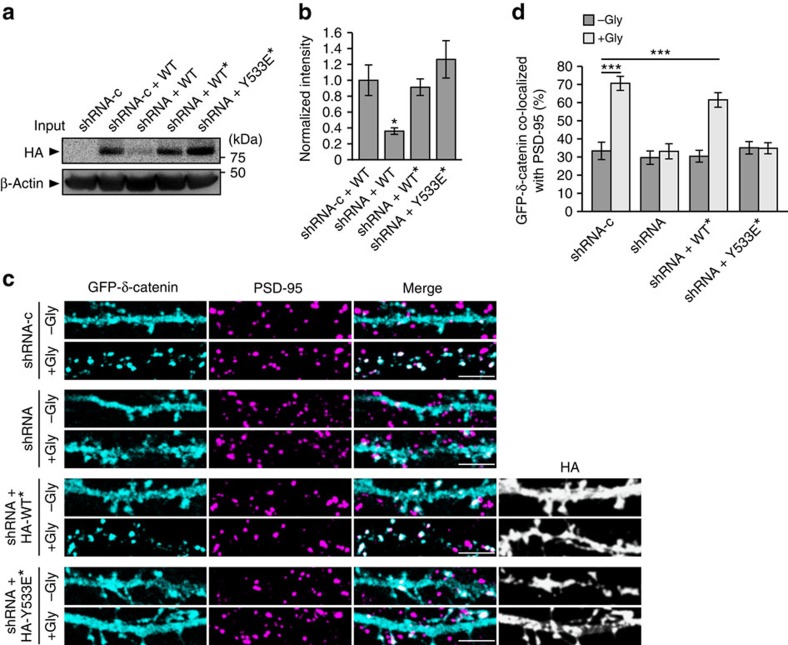Figure 8. DHHC5 internalization is required for activity-induced δ-catenin trafficking.
(a,b) HEK293T cells were transfected with control shRNA (shRNA-c) or shRNA against DHHC5 (shRNA) plus the indicated HA-DHHC5 constructs (*shRNA resistance) and blots probed with the indicated antibodies (P=0.024, F3,8=5.484, n=3 blots from 3 separate cultures; one-way analysis of variance (ANOVA)). (c) Confocal images of 14 DIV hippocampal neurons transfected with GFP–δ-catenin and the indicated shRNA and HA-DHHC5* constructs. Cells were stimulated with cLTP (+Gly) or control buffer lacking glycine (–Gly), fixed 20 min after stimulation and immunostained with the indicated antibodies. Scale bar, 5 μm. (d) The cLTP-induced increase in δ-catenin/PSD-95 co-localization is abolished in DHHC5 knockdown cells or those expressing the DHHC5 Y533E mutant (P<0.001, F7,169=17.44). The n-values, indicating neuron numbers from –Gly and +Gly cells, respectively, among three separate cultures are as follows: shRNA-c (23, 28), shRNA (17, 16), shRNA+WT* (22, 23) and shRNA+Y533E* (28, 22). Scale bar, 5 μm. Asterisks denote significance (b,d) among all groups relative to (b) shRNA-c+WT cells or (d) to –Gly shRNA-c cells. All graphs display mean±s.e.m. *P<0.05, ***P<0.001, one-way ANOVA, Tukey's post-hoc test. Full-length blots of a are presented in Supplementary Fig. 5.

